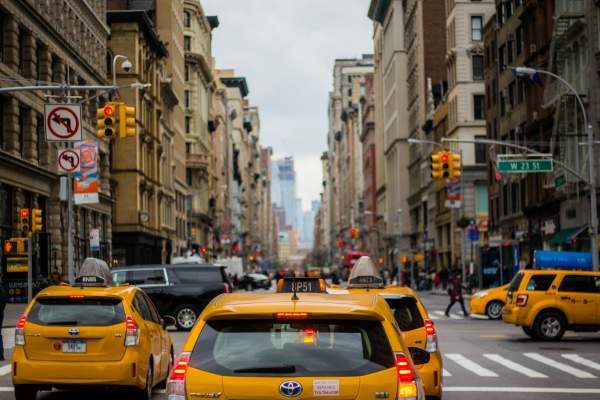
1 in 24 New Yorkers Are Millionaires: A Look at Wealth Distribution in the Big Apple
Despite reports of affluent Americans fleeing New York for the tax-friendly Sun Belt, the Big Apple remains a global hub of wealth and economic power. Official statistics may indicate that a few thousand millionaires leave the state annually, but New York City continues to thrive as a millionaire magnet. According to the World’s Wealthiest Cities Report 2024 by Henley & Partners, the city is home to 349,500 millionaires — the most of any city worldwide.
A Wealthy Minority in a Metropolis of Millions
With a population of 8.3 million as of 2023, roughly 1 in 24 New Yorkers boasts investable assets of $1 million or more. This staggering concentration of wealth exceeds the populations of major U.S. cities like Cincinnati, Pittsburgh, or St. Louis and far surpasses the combined millionaire populations of Shanghai, Chicago, and Toronto.
In addition to its millionaire residents, New York hosts 744 centi-millionaires (those with over $100 million in investable assets) and 60 billionaires. These individuals collectively control over $3 trillion in wealth, a figure larger than the GDPs of France, Russia, or Canada.

Photo: unsplash.com/john_cameron
New York’s Global Wealth Ranking
Among global metropolises, New York’s wealth dominance remains unmatched. While San Francisco’s Bay Area ranks second with 305,700 millionaires and a record-breaking 68 billionaires, it still trails behind New York’s financial firepower. Los Angeles, another American contender, ranks sixth globally with 212,100 millionaires. Chicago, the following U.S. city on the list, claims the 12th spot with 120,500 millionaires. Even combined, these cities fail to eclipse New York’s impressive numbers.
A Decade of Wealth Growth in American Cities
The last decade has seen significant growth in millionaire populations across the United States. San Francisco’s millionaire count surged by 82% between 2013 and 2023, while Los Angeles and Chicago experienced growth of 45% and 22%, respectively. However, New York’s nearly 50% growth in millionaires during this period underscores its continued allure despite its high costs and tax burdens.
Interestingly, some prominent international cities have seen their millionaire populations decline. Tokyo, London, and Hong Kong — ranked third, fifth, and ninth in the wealthiest cities list — experienced drops of 5%, 10%, and 4% in their millionaire populations over the same decade.
Wealth Migration: The Rise of Texas and Florida
Several American cities in Texas and Florida have seen remarkable growth in their millionaire populations. Houston, for instance, boasts 90,900 millionaires, a 70% increase from 2013. Austin has emerged as a global wealth hotspot, doubling its millionaire count to 32,700 over the last decade. The influx of tech workers to "Silicon Hills" has profoundly influenced its real estate market. Dallas is ranked 22nd globally and is home to 68,600 millionaires, outpacing global hubs like Mumbai and Shenzhen.
Florida’s Miami, often dubbed “Wall Street South,” has experienced a 78% surge in its millionaire count since 2013. It now hosts 35,300 millionaires. While New Yorkers’ pandemic-era migration contributed to this rise, New York’s wealth concentration remains unparalleled. Notably, New York’s millionaire population dwarfs Miami’s by a factor of ten.

Photo: unsplash.com/fellowferdi
Why New York Remains a Wealth Magnet
Despite a 5% population decline during the pandemic, New York continues to attract and retain the wealthy for several enduring reasons. As the world’s financial capital post-Brexit, it offers unmatched economic and cultural enrichment opportunities. The city’s prestigious institutions, including the Metropolitan Opera and the Metropolitan Museum of Art, and its reputation as America’s premier dining destination make it a cultural mecca.
Despite the lure of no state income tax and warm weather in states like Florida, New York’s financial ecosystem, global connectivity, and vibrant cultural life ensure its enduring appeal. The city may have lost some residents to southern migrations, but its wealth metrics prove that New York remains, indisputably, the Big Golden Apple.


